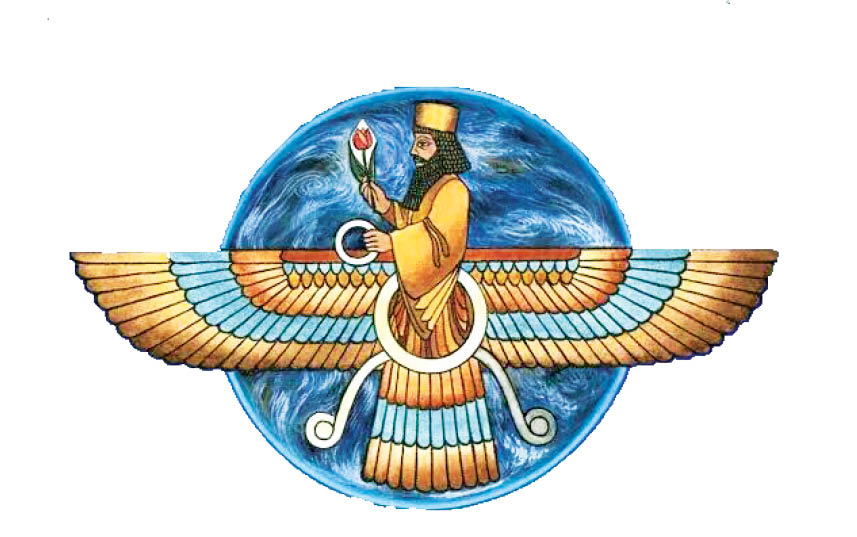Parsi Times catches up with Er. Dr. Parvez Bajan to share greater insights with our readers:
PT: Tell us about how these courses came to be.
Er. Dr. Bajan: Prior to the 19th century, the study of Iranian languages was confined to the priestly class amongst Zoroastrians of Western India. The interpretation of the religious texts of Avesta, Pahlavi and Pazand were carried out in the light of the traditional knowledge they had inherited from their faithful predecessors. During that period, rules of grammar and philology were not faithfully adhered to. As a result, translations and interpretations of the religious texts were not accurate. It was in 1859, the late K R Cama, who went to Europe on a business trip, came in contact with western scholars and studied under them the value of application of rules of grammar and philology to the study of Iranian languages. In 1864, the late Avabai Jamsetjee Jejeebhoy, the Dowager Lady of First Sir Jamsetjee Jejeebhoy, established a Madressa for the study of Iranian Languages on a modest scale. Prior to that in 1855, another Madressa was established to commemorate the memory of Late Mulla Firoze (a learned Kadimi High Priest). Since then these Madressas merged together, imparting scriptural studies in ancient Iranian languages, under the auspices of the Bombay Parsi Punchayet, and has thus far, completed 155 years!
PT: How does this course help Zarthostis?
Er. Dr. Bajan: Most of us pray without understanding what we are saying. We need to understand the ancient Iranian languages viz. Avesta, Pazand, which are the languages of the Zoroastrian Religious Scriptures, but these are currently dead languages, in the sense that these are not spoken in the present times. Hence, to understand the meaning of Zoroastrian prayers, it is imperative to have a fair knowledge of these languages.
PT: What message would you like to share with Zarthostis as regards this Course?
Er. Dr. Bajan: Most of our Community members do not understand the meaning of the prayers they recite as these are in the Avestan language, which was the spoken language in ancient Iran. The Zoroastrian scriptures enjoin that this language, being celestial, is to be chanted in its original script. As we have the necessary tools of grammar and philology to understand this language, our religious scriptures could also be understood by all our faithful Zarthostis, if they make the effort to learn this ancient language philologically. It may be noted that the researches in the field of study of this ancient language are being pursued in the Western Universities. However, we at Sir JJZ & Mulla Firoze Madressas, impart it philological study, along with its profound Zoroastrian insights.
PT: How has the feedback been?
Er. Dr. Bajan: Over the last century, hundreds of students desirous of learning the language of the Faith have gone through this course and have benefited much in their lives. Professionals including Doctors, Lawyers, Chartered Accountants have patronized this one and only institution in India which conducts these courses, offering Graduation and Post-Graduation (via Mumbai University St. Xavier’s College, Mumbai). There is no age bar for joining this course and we have, at present, students from age group of 18 to 80 years, reaping the benefits of this study, which is being imparted free of cost, under the auspices of the Bombay Parsi Punchayet.
- તમે ઇન્જેક્શન આપેલા તરબૂચ તો નથી ખાઈ રહ્યા ને? - 27 April2024
- પિતાના હાથની છાપ.. - 27 April2024
- વિસ્પી ખરાડી ફિટ ઈન્ડિયા મૂવમેન્ટનાબ્રાન્ડ એમ્બેસેડર તરીકે નિયુક્ત - 27 April2024
